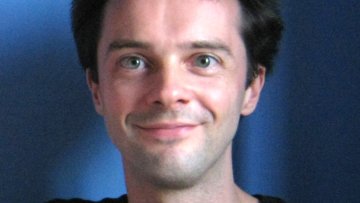Fully extended twisted field theories
Abstract
After giving an introduction to functorial field theories I will explain a natural generalization thereof, called "twisted" field theories by Stolz-Teichner. The definition uses the notion of lax or oplax natural transformations of strong functors of higher categories for which I will sketch a framework. I will discuss the fully extended case, which gives a comparison to Freed-Teleman's "relative" boundary field theories. Finally, I will explain some examples, one of which explicitly arises from factorization homology and whose target is the higher Morita category of E_n-algebras, bimodules, bimodules of bimodules etc.


